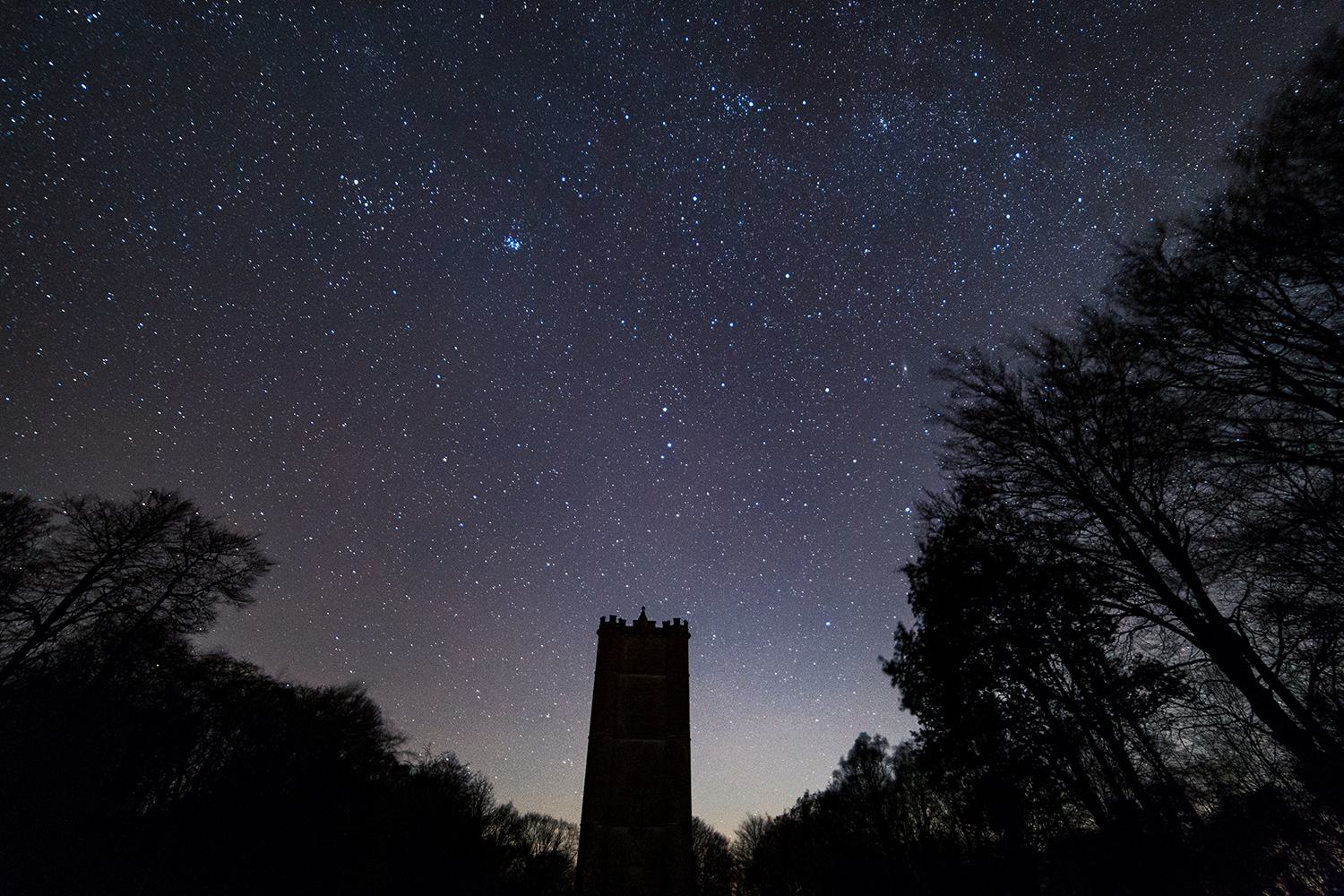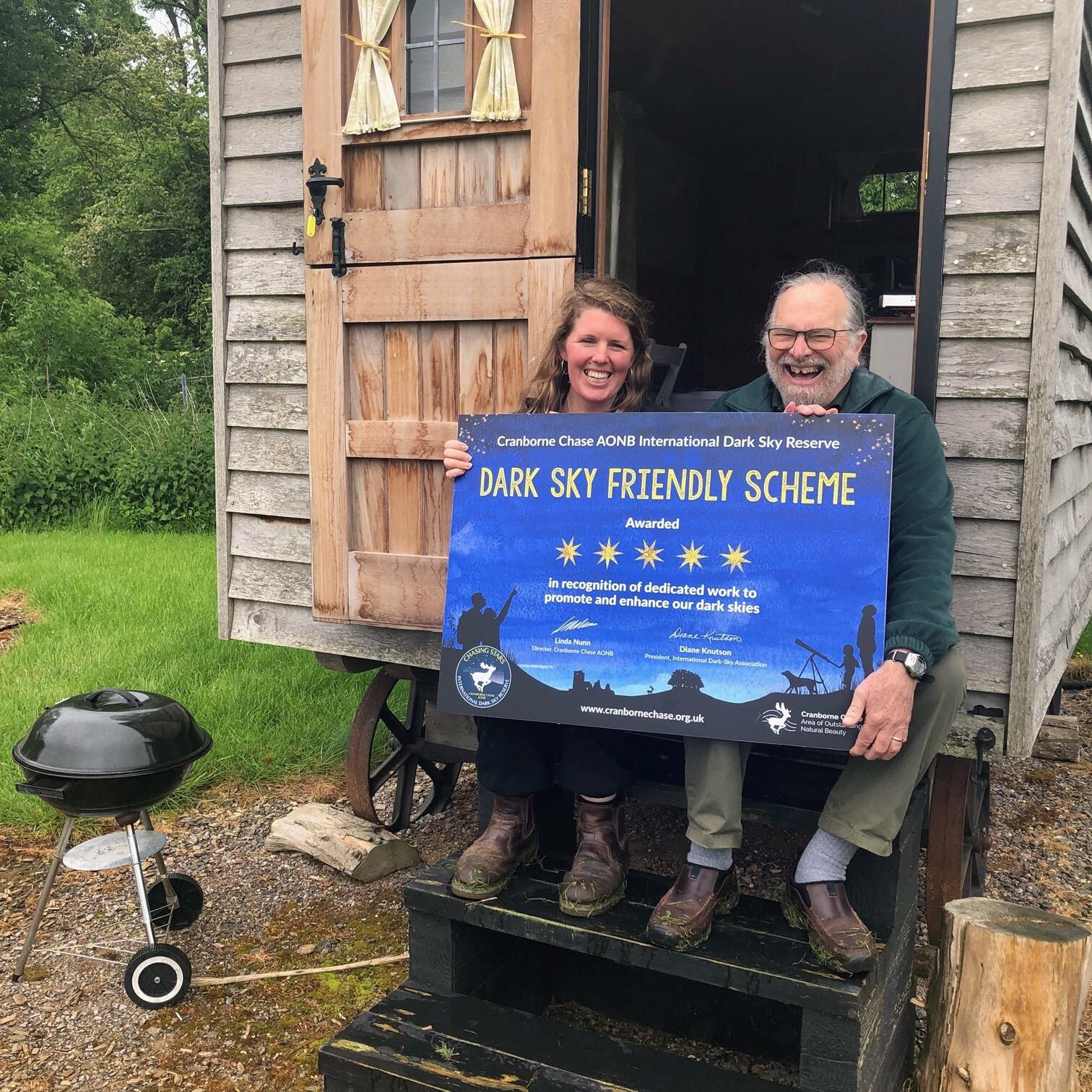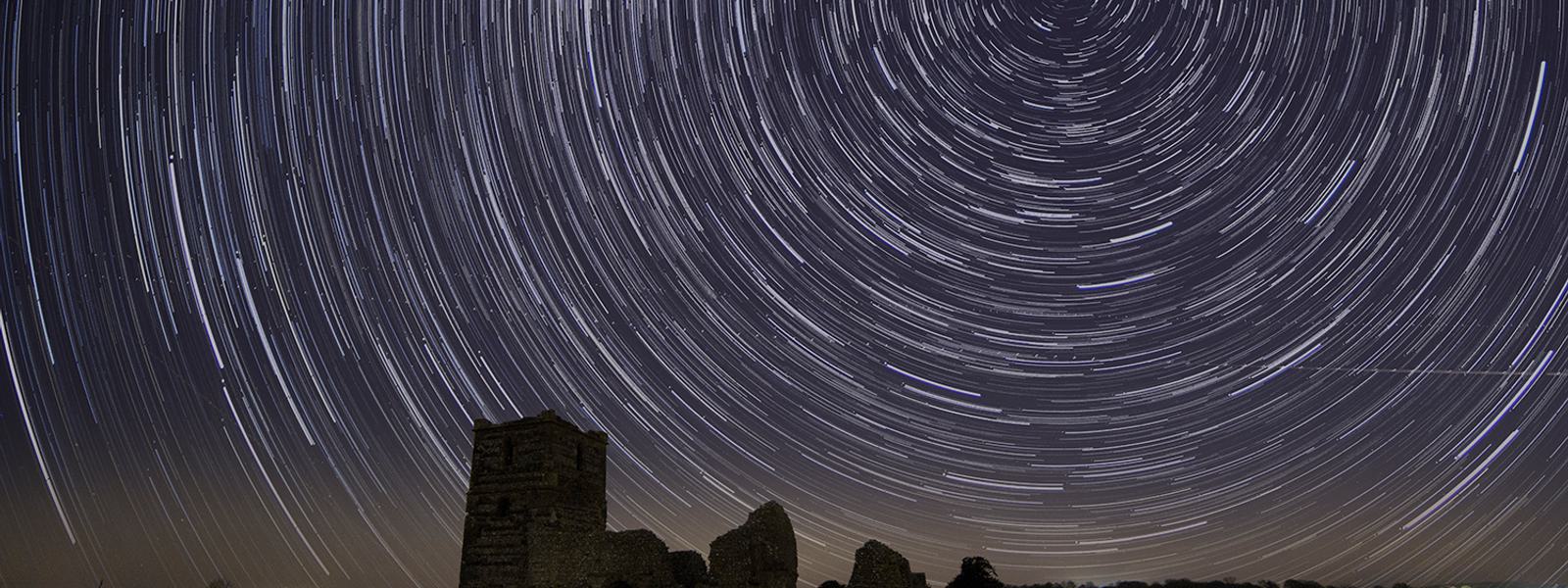Visitors to Cranborne Chase sees stars in the most magical way
Since 2019 Cranborne Chase National Landscape has been an International Dark Sky Reserve (IDSR). It engages communities to continually improve its dark skies by limiting artificial light pollution, while encouraging an enjoyment of it through improved access.
At the time of its IDSR designation, Cranborne Chase became only the 14th International Dark Sky Reserve (IDSR) in the world and was the only National Landscape to be designated as an IDSR in its entirety.
Since 2019 Cranborne Chase National Landscape has been an International Dark Sky Reserve (IDSR). It engages communities to continually improve its dark skies by limiting artificial light pollution, while encouraging an enjoyment of it through improved access.
At the time of its designation, Cranborne Chase became only the 14th International Dark Sky Reserve (IDSR) in the world and was the only National Landscape to be designated as an IDSR in its entirety.
Cranborne Chase National Landscape is home to a vibrant annual programme of community stargazing and astrotourism events, including an annual ‘StarFest’ - a celebration of the dark skies on the IDSR.
As a designated IDSR, Cranborne Chase National Landscape implements a programme of Dark Sky Friendly schemes to engage schools, community groups, businesses, parishes and landowners. This encourages a greater awareness of the impact of artificial light pollution in support of nocturnal habitats.

King Alfred's Tower framed by stunning dark skies
Work to establish Cranborne Chase National Landscape's International Dark Sky Reserve designation first began in 2004 when it was highlighted in the National Landscape’s Management Plan to ‘support the protection of rural tranquillity, remoteness and dark night skies’.
Initially, the team began networking with Brecon Beacons and Exmoor Dark Sky Reserves, along with the British Astronomical Association and Commission for Dark Skies. Meter readings to monitor the area soon began and by 2014 Cranborne Chase National Landscape had formally set out its aspiration to become an IDSR, with close engagement with the Wessex Astronomical Society.
Public interest in the Dark Skies of Cranborne Chase National Landscape grew significantly, and a programme of stargazing evenings on the landscape were introduced to engage the community more closely. These events continue to be a highlight of the annual calendar today.
Engaging communities to better understand and enjoy the dark skies of Cranborne Chase is central to its work. A mobile planetarium boosts engagement and is a regular feature at events, with workshops also taking place in schools and with community groups.
Another key responsibility of the Cranborne Chase IDSR is sharing and encouraging good practice in lighting across the National Landscape. Good outdoor lighting encourages healthy ecosystems, especially in or near sensitive habitats.
Cranborne Chase National Landscape employs a Dark Skies Advisor, Steve Tonkin, who is regularly invited to talks and events to promote good practice and encourage the conservation of the dark skies. Local businesses, landowners and farmers have also been supported in upgrading external light fittings to fit good practice, thanks to the sustainable development grant fund.
A great way to explore the IDSR is by visiting the top ten stargazing locations on Cranborne Chase National Landscape.

Local businesses can help the area's dark skies and attract astrotourism visitors as a result
The designation of Cranborne Chase National Landscape as an IDSR has enabled local communities and visitors to engage with the dark skies of Cranborne Chase, while advocating responsible lighting on a local and international level.
- 37 Dark Sky Custodians have been trained through the Chase & Chalke Landscape Partnership Scheme’s Starry Starry Nights project. These volunteers promote the value of Dark Night Skies in their own communities.
- A Dark Sky Friendly Accreditation Scheme has been instigated, encouraging local businesses, villages and parishes to become accredited if their lighting is dark night sky compliant. To date we have made eight awards and there are eleven more in progress.
- More than 3000 people have attended online dark skies events, about a third of whom were children.
- An ‘in person’ Dark Sky Festival was attended by around 250 people, about half of whom were children.
- Thirteen stargazing events (including supporting those initiated by our Dark Sky Custodians), were attended by more than 500 people, about a third of whom were children.
- Presentations on dark sky matters have been given to 37 Parish and Town councils.
- Approximately 7500 people have been engaged by the IDSR display at the annual Chalke Valley History Festival.
- Numerous schools and community groups have been addressed, including Rotary Clubs, Probus Clubs, Women’s Institutes, Astronomical Societies, Cafés Scientifiques, Scientific Societies, Naturalist Societies, and Literary Societies on the importance of responsible lighting.
- Responsible lighting has been advocated at the Local Government Association conference and at a Europe-wide Dark Sky Places conference.
- In 2023, responsible lighting was promoted at Great Big Green Week 2023, advocating its importance with local groups.
- Many planning applicants on the National Landscape have been influenced to improve the lighting in planning applications.
- Funding for Dark Sky Friendly lighting has been provided for a local scout hut and replacement farm lighting, while making 46 domestic external lighting units dark skies compliant.
- Expertise has contributed to an increasing number of Neighbourhood Plans who are adopting Dark Night Skies policies.
- Planning seminars on the importance of Dark Night Skies have been delivered, with the production of Supplementary Planning Documents providing guidance.
- Cranborne Chase National Landscape IDSR has been represented on the steering group of the UK Dark Skies Partnership, a collaborative forum among the UK protected landscapes.
- Collaboration with Go Stargazing, a ‘not for profit’ that supports the astronomy community by disseminating information throughout the United Kingdom.
The keys to the success of this project have been:
- Outlining a clear vision in the Cranborne Chase National Landscape Management Plan.
- Employing specific expertise to expand the skillset of the Cranborne Chase National Landscape team.
- Successfully engaging a variety of audiences across the local community through a diverse and dynamic Dark Skies event programme.
- Engaging and developing a team of enthusiastic and committed volunteers.
- Influencing councils, land and business owners in the significance of responsible lighting on Cranborne Chase National Landscape.
